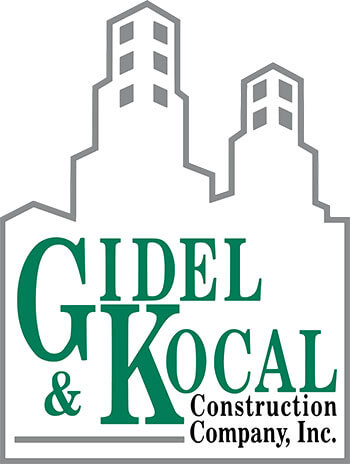Spending time, money, and effort building a commercial construction property is no small feat. It takes a lot to get the structure you envisioned. Even if you work with a top general contractor in the San Francisco Bay Area, the entire commercial construction process can be arduous. Once you’ve come out the other side of it, however, the next challenge is to maintain it.

Building maintenance involves more than just sweeping the grounds every now and again. There are several things every building owner should know about maintaining their property.
Importance of Building Maintenance
When it comes to commercial buildings in the San Francisco Bay Area, the importance of regular inspections and routine maintenance cannot be overstated. Whether you’re in charge of an existing building that has been renovated or are working with new construction, routine inspections help preserve the integrity of the space.
Preventive Maintenance
The best building maintenance tip a general contractor like us could offer is to be proactive. Maintenance cannot be an afterthought for commercial properties. There are several components every property owner should include in their checklist to ensure nothing falls through the cracks. Your building maintenance checklist should include:
1. Plumbing Fixtures
Even the highest quality plumbing fixtures need to be checked and maintained to prevent leaks, cracks, and other damages.
2. Electrical and Power Systems
Both the main circuit breaker for the building as well as backup systems like generators should be checked regularly. This is essential for energy conservation. You’ll want to make sure there are no burn marks around the circuit breaker and that it’s not emitting a burning odor. Also make sure to check interior and exterior light bulbs and replace any that have burned out or are flickering.
3. Safety Systems
Replace the batteries on smoke detectors and carbon monoxide detectors monthly. Also check the fire alarm system on a monthly basis and have the building’s fire extinguishers inspected. When conducting your regular building maintenance checks, it’s a good idea to have the entire fire alarm and fire suppression system serviced, including ceiling sprinklers.
4. HVAC System
Check the outdoor vents to make sure there are no blockages as well as all indoor ventilation. Both could be fire hazards and could lead to carbon monoxide buildup. Also make sure to change air filters regularly. Commercial building owners are advised to replace and/or clean HVAC filters on a quarterly basis, or more frequently in humid climates.
5. Structural Components
Ceilings, windows, and walls should be regularly inspected for cracks. Interior finishes aren’t meant to move but some environmental events (like earthquakes) could result in shifts. This is especially relevant for new and existing construction in the San Francisco Bay Area. Bulging, uneven surfaces, and other signs of movement will be cause for concern over time. Get ahead of this by consulting a leading general contractor for commercial construction.
6. Rainwater Goods Inspections
Downpipes and gutters getting backed up could trap water after a rainstorm. This may eventually lead to mold, stagnant water, cracks, splits, and severe damages.
7. Landscaping and Hardscaping
As a building owner intent on staying on top of your building’s maintenance, it’s important to keep all parts of it in tip top condition. For landscaping, trim trees and shrubs, mow lawns, and aerate and fertilize grass regularly. Also check that the irrigation system is in good working condition and that all drains and gutters are clear. As for hardscapes, pressure wash walkways as needed. Conduct regular checks to ensure there are no cracks in the walkways and that the building’s exterior is structurally sound.
Energy Efficiency
Maintaining your building is the best way to prevent problems down the road. While regular maintenance checks may seem a bit tedious and although certain components may get expensive, it’s much more cost effective and energy efficient to take care of these things before issues arise. Commercial properties consume a lot of energy, it takes a significant amount of power to keep structures like office buildings, retail spaces, and life science conversions up and running. Faulty HVAC systems, insufficient insulation, and down power lines, for example, aren’t just nuisances; they’re major energy drains that could eat up costs both now and in the future. The only way to get around these occurrences is to get ahead of them with regular building maintenance.
Emergency Preparedness
We’d be remiss if we didn’t address emergency preparedness in our building maintenance strategy for commercial properties. Every building, regardless of its purpose, needs emergency safety plans in place. This goes beyond the regular maintenance checks property owners should conduct. Essential safety measures may vary depending on the type of building you operate. For example, life science conversions require backup generators for clean rooms and the specialized infrastructure of these buildings. Even more traditional commercial spaces, however, still need to have fire safety systems and suppression equipment in good working order in case of emergencies. All relevant personnel should know the means of egress, escape plans, where the emergency equipment is located, and how to operate it in the event of an emergency.
Why Maintenance Matters
Here at Gidel & Kocal Construction, we’re dedicated to building safe commercial properties for our clients in northern California. Still, no matter how secure and meticulous our construction is, it’s always important to implement regular and ongoing building maintenance. Follow these building maintenance tips to keep your property as safe and sound as it was the day it was built.
